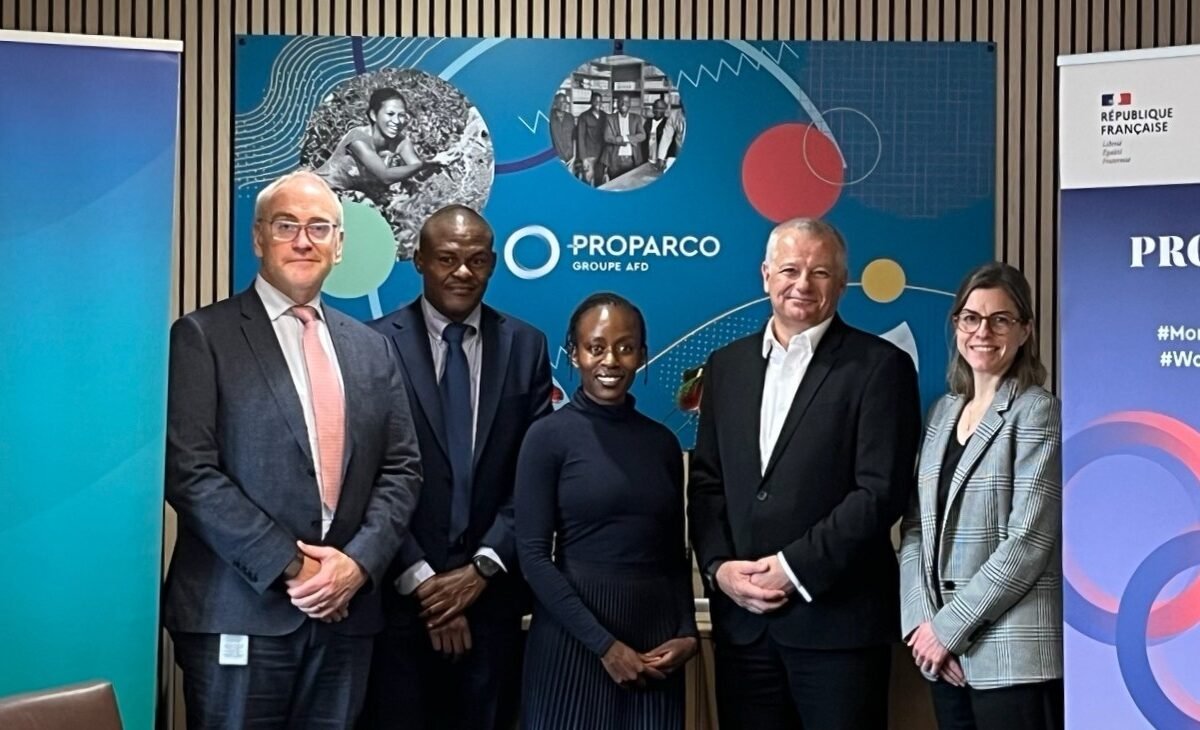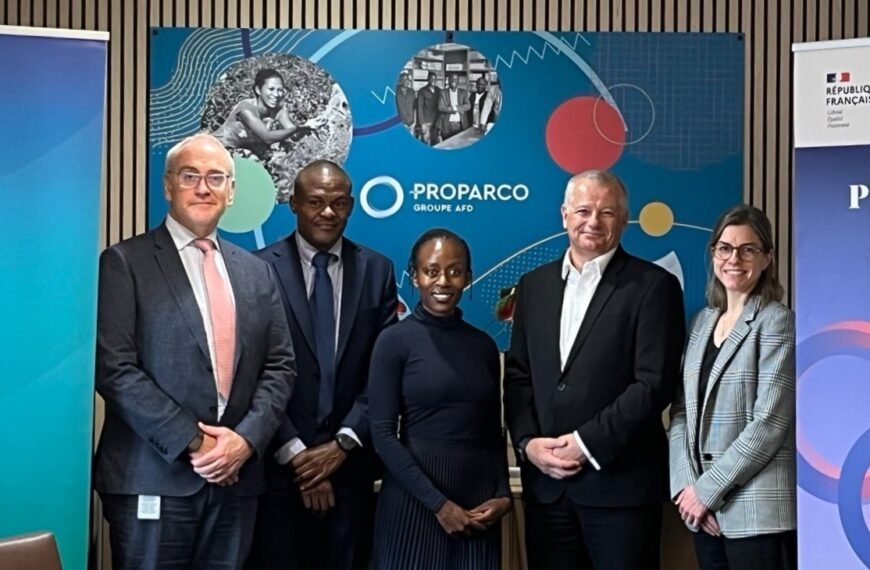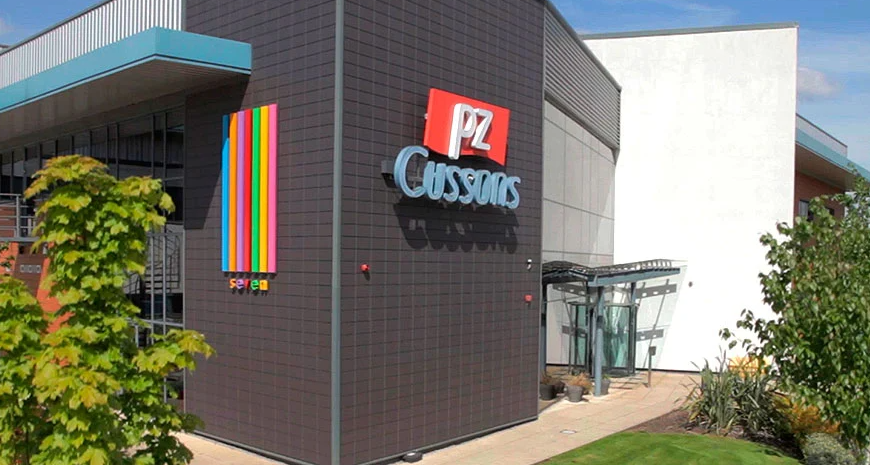
Ericsson signals higher payout after strong Q3 performance
Ericsson, the Swedish telecommunications giant, announced plans to potentially increase its shareholder payout this year following a robust third-quarter performance that surpassed analyst expectations.
The company’s shares surged 13% in early European trading, reflecting investor confidence in its financial health.
The standout results were driven by a combination of disciplined cost-cutting measures and a significant capital gain from the $799.5 million sale of its U.S.-based Iconectiv business.
“Solid recurring cash flow and the Iconectiv sale contributed to a strong third-quarter cash position, offering scope for increased shareholder distributions,” said Chief Executive Borje Ekholm. Details of the proposed distribution will be revealed in Ericsson’s fourth-quarter report.
Financially, Ericsson reported a net profit of 11.15 billion Swedish kronor ($1.07 billion), exceeding the 10 billion kronor forecast by analysts in a FactSet poll. The group’s gross margin improved to 47.6% from 45.6%, a level the company considers sustainable.
ALSO READ: NATH UDE LEADS CAPITALSAGE TECHNOLOGY LIMITED
“In Q3, we established margins at a new long-term level following strong operational execution over the past few years,” Ekholm noted. However, total sales dipped 9% to 56.24 billion kronor, slightly below the 56.49 billion kronor expected.
The company’s key networks business experienced an 11% sales decline, with weaker performance in North America following last year’s robust AT&T deal deliveries and a reduction in sales in India. Latin America faced intense competition and lower customer investment.
Conversely, sales grew in Europe, the Middle East, Africa, and northeast Asia, bolstered by higher-margin service offerings. The networks unit achieved an adjusted gross margin of 50.1%, surpassing its 48%–50% guidance, with expectations of 49%–51% in Q4.
Ericsson also highlighted uncertainties, including potential tariff changes and macroeconomic challenges, though its diverse supply chain and U.S. manufacturing capabilities provide resilience. Looking ahead, the company anticipates stable network market conditions and sales growth aligned with historical seasonality.


















